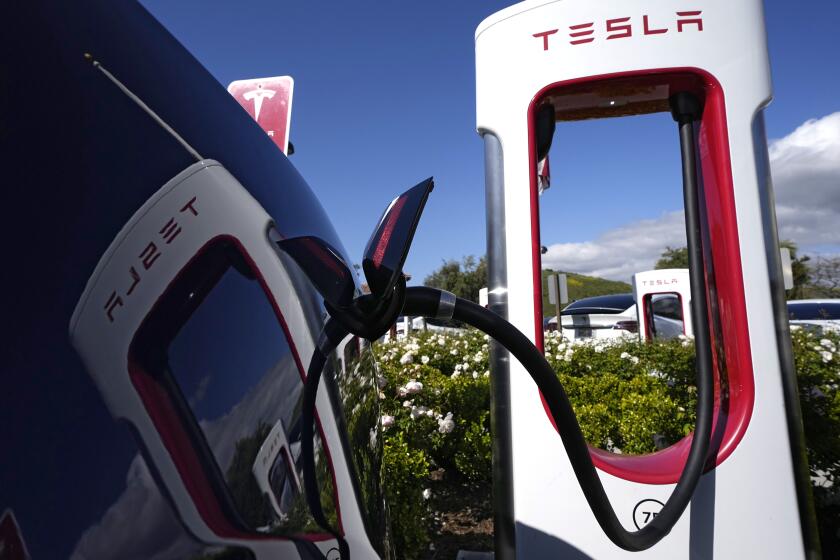Healthcare is sticking point in car contract talks
As bargainers for the United Auto Workers and General Motors Corp. continue to haggle in Detroit, the big issue in the contract talks comes down to this: If GM pays the union to take on the company’s huge retiree healthcare obligations, can the UAW’s investment returns keep up with the rising cost of healthcare?
GM wants to unload much of its roughly $51 billion in unfunded retiree health costs to a trust that would be administered by the union. The UAW in exchange wants promises that GM will continue building cars at union-represented plants.
The two sides had yet to agree on how much GM would put into the trust, a person who had been briefed on the bargaining said Wednesday. The person requested anonymity because the negotiations were private.
GM’s contract with the UAW was scheduled to expire at midnight Friday, but the union has extended the pact hour by hour.
Whatever GM and the union agree to probably will be copied when it comes to Ford Motor Co. and Chrysler, and experts say other companies with large workforces also could follow.
If the GM model works, “other companies with large future healthcare liabilities also would try to work with the unions they deal with and try to copy this model,” said Glenn Melnick, a healthcare finance professor at USC.
All three automakers are interested in setting up such trust funds. The trusts, called Voluntary Employees Beneficiary Associations, or VEBAs, would let the companies remove liabilities from their books and possibly raise their stock prices and credit ratings.
But the inexorable rise of healthcare costs could give the union pause. Most economists think those costs will increase 6% to 8% annually “for as far as the eye can see,” Melnick said.
The stock market has risen about 10% to 12% a year since 1934, said Kevin Tynan, senior automotive analyst for Argus Research Corp. So in theory the union’s investments should be able to meet or exceed healthcare costs.
But market volatility, plus GM’s desire to pay far less than its entire healthcare obligation -- 65% to 70%, by most accounts -- would make it difficult on the union, Tynan said.
Yet the United Steel Workers union has made about 40 such trusts work for several years, often at far lower rates than GM is willing to contribute.
Typically the trusts are run as independent insurance companies with their own governing boards, said USW spokesman Wayne Ranick.
If investments don’t return more than healthcare inflation, the boards generally make up the difference by raising contributions from the retirees or active workers.
But the trusts don’t always work. Larry Solomon, who worked at Caterpillar and was president of UAW Local 751 from 1987 to 1996, said the company’s VEBA ran out of money in 2004.
The large numbers would give the UAW leverage to pressure healthcare providers to cut costs. Union employees also have incentive to shop for care at lower prices and manage their health better, Melnick said.
“It just puts the incentives in the right place,” he said. “A lot of economists feel that’s the only solution to slowing down this juggernaut.”



